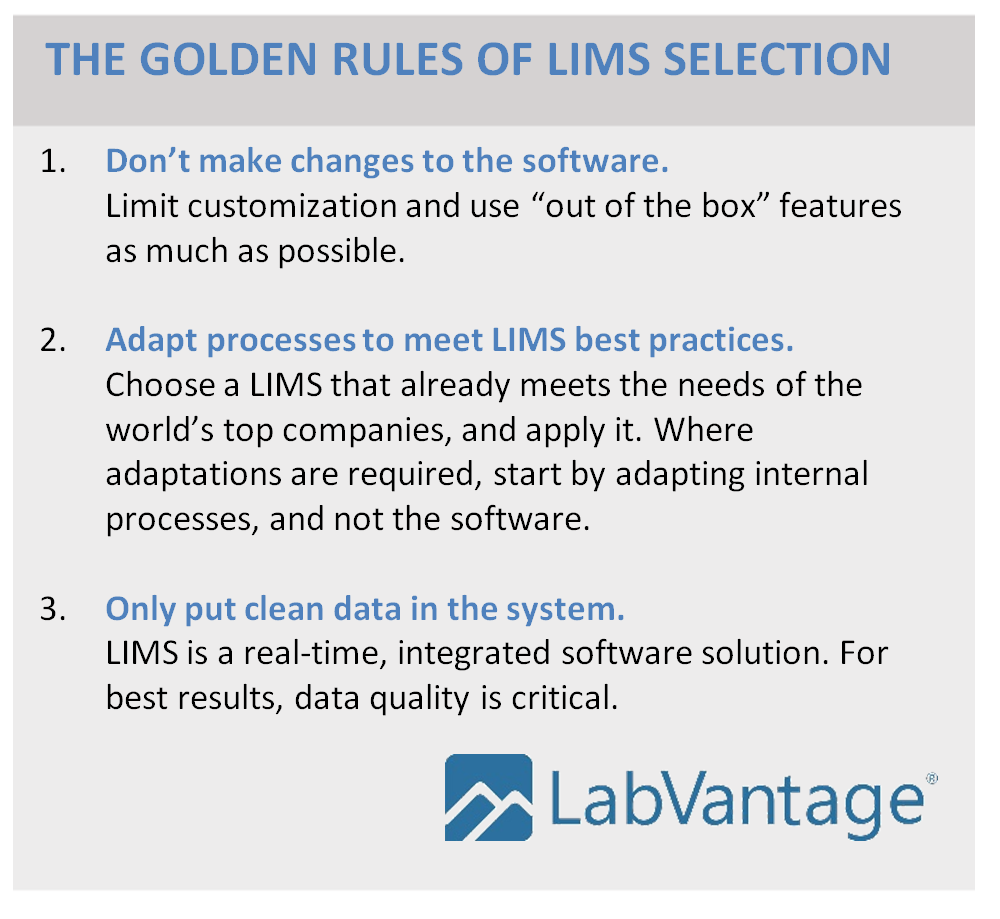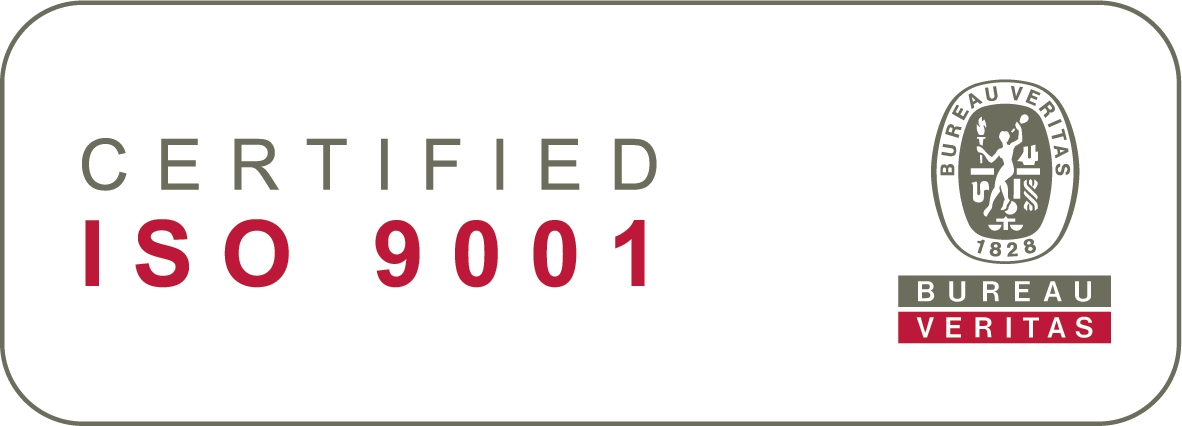Top 3 Reasons Companies Upgrade Their LIMS
Legacy Lab Informatics Management Systems
With each passing year, legacy systems create new – and unforeseen – challenges. Each one of these is a strong enough reason to force consideration of a new LIMS.
Challenges of a Legacy LIMS System
In the case of Maple Leaf Foods (How Maple Leaf Foods Inc. Improved Productivity by Digitizing its Data with LabVantage), a heavily-customized LIMS was slowing productivity and contributing to data challenges. Their decision to upgrade demonstrates how multiple, big lab industry challenges were tackled simultaneously.
One of the first challenges – the overriding one – was the sheer scale of the project. Maple Leaf Foods (and this isn’t uncommon) had a large network of plants and labs. The software selection phase alone was a six-sigma project!
Internally, they did everything right. Maple Leaf Foods assembled a strong team, and tasked them with assessing existing processes. They identified the primary challenges their legacy LIMS system posed – all of which were placing an undue burden on the company.
What they found was that each issue alone would be a compelling enough reason in its own right to consider upgrading or replacing existing lab informatics.
Are you experiencing productivity issues? Here are the top 3 reasons to upgrade your LIMS:
- Excessive Customization & Accreditation/Regulatory Issues
LIMS customization comes in multiple flavors. A system might launch as an already custom-designed, bespoke system with highly-specific tailored functionalities – essentially, a fully-customized LIMS right from the outset. Or it may be an older LIMS now surrounded by custom snippets. In your lab, such a legacy LIMS may have forced staff to develop custom workarounds over the years to address changing operating practices or limited functionality.Regardless of the cause, customization generally makes upgrades impossible. A truism of the LIMS industry: ‘customization’ equals ‘bad.’ Check out this two-part series (part I | part II) on configuration & LIMS sustainability.
A heavily customized LIMS, combined with the need for labor-intensive documentation, has another practical effect. It makes it tough for labs to meet ISO 17025 traceability standards. With regulatory standards in every industry constantly emerging and shifting, an inability to maintain compliance without access to updated standards can easily become a deal-breaker for many labs.
- Inadequate Data Management & Systems Integration
Let’s face it: the world of LIMS has morphed exponentially over the years. They’ve had to keep pace with rapid change in technology to solve real-world challenges. Many of the biggest changes have come in the area of data capture. Isolated data which must be manually entered is a key challenge facing labs these days – both due to the losses in productivity as well as the potential to introduce data entry errors. Lack of integration with other lab & software systems is an example of older or less-capable LIMS technology hindering efficiency.
Many of the biggest changes have come in the area of data capture. Isolated data which must be manually entered is a key challenge facing labs these days – both due to the losses in productivity as well as the potential to introduce data entry errors. Lack of integration with other lab & software systems is an example of older or less-capable LIMS technology hindering efficiency.When the capture, centralization, dissemination or analysis of data at each stage of a workflow is not automated, productivity is lost. In addition, data is potentially more error-prone…and it’s more difficult to perform data oversight & error correction.
- Poor Communications & Data Visibility
Labs and facilities with limited or no modern LIMS often struggle with an inability to anticipate the volume or timing of incoming samples. When plants or labs lack an ability to check on the progress of test requests, lab personnel must turn to less efficient modes of communication (e.g., phone or email) — which ties up valuable time on both sides of the communication.
The common denominator for each of these challenges? Increasingly inefficient, time-consuming & error prone workflows.
The search for a LIMS to help Maple Leaf Foods address each of their challenges lasted 6 months – and crossed multiple internal disciplines and workflows. According to Jean-Yann Bucaille, Director of Information Solutions at Maple Leaf Foods:
“We have many corporate programs running simultaneously. We have plants capturing on-site sensory results, and labs doing allergy testing, and hatcheries tracking the lifecycle of their flocks. Now they can all use the same system, and use it well. With LabVantage, we’ve transformed a paper-based company into a dynamic and digitized business environment.”
While the top three reasons to upgrade your LIMS are discussed above, the outcomes and benefits of a comprehensive redesign of your laboratory informatics are:
- Reduced reliance on paper-based documentation
- Gains in productivity
- Improved sample throughputs
- Remote or off-site lab & plant access
- Improved inventory control and media/reagents management.




